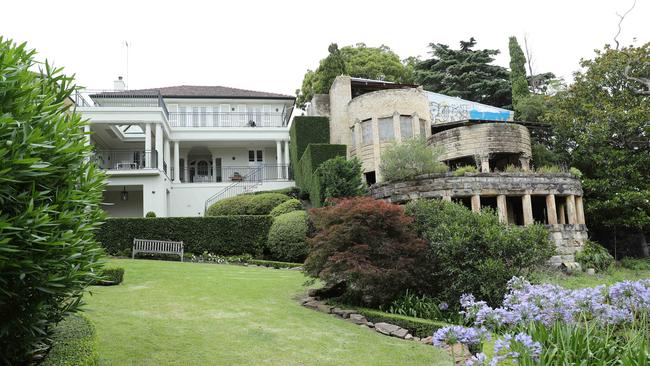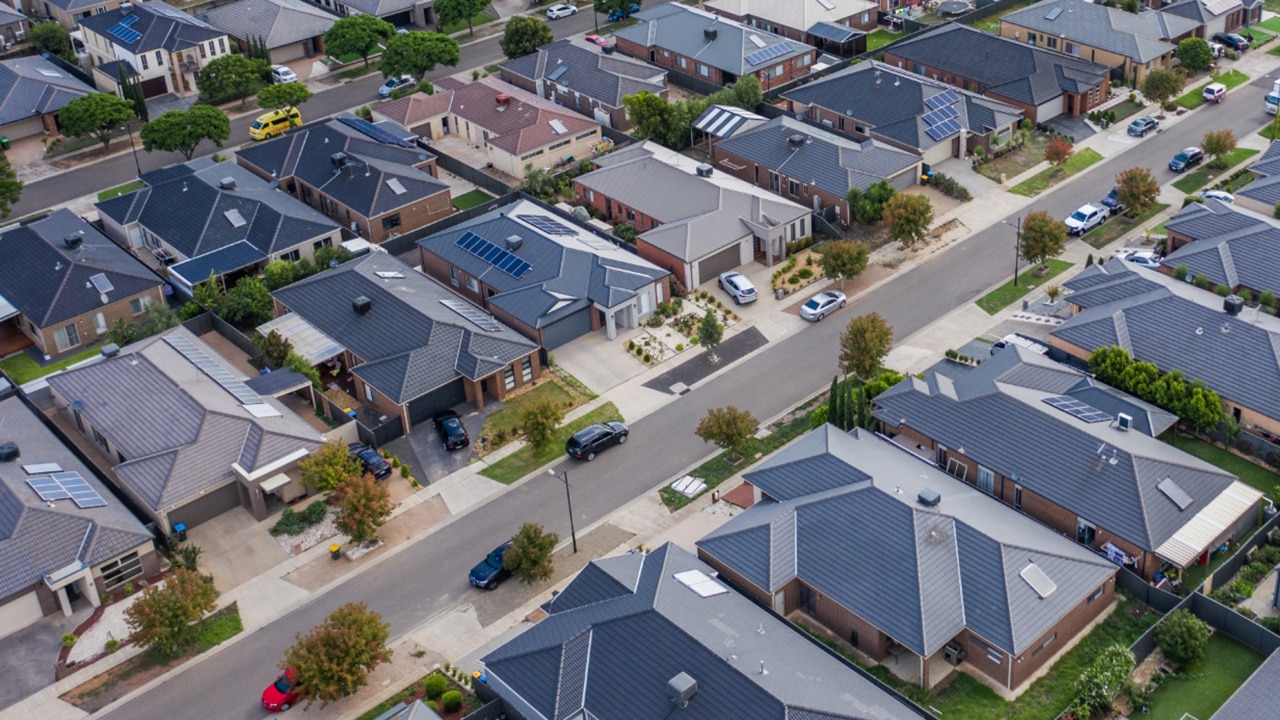
From whatever angle you look at it, housing affordability has deteriorated over the past several years, notwithstanding the Covid hiatus. Homes have become more expensive and the required deposit now takes much longer for potential buyers to accumulate. More recently, tenants have faced rent increases well in excess of the inflation rate.
Just take a look at the figures. The ratio of home prices to median household disposable income has tripled since the early 1980s. It can now take up to 10 years for individuals/households to accumulate a deposit to buy a home. If anything, the situation is getting worse, with figures out last week pointing to a new peak in house prices being reached.
For renters, the situation is also dire, with record low vacancy rates being recorded in many cities and towns. In addition to the difficulty of finding suitable accommodation, renters are, on average, now forking out a higher proportion of their disposable incomes to pay the rent.
There is of course not one housing market in Australia. There are multiple ones and they overlap. There are many players in these markets, including outright homeowners, homeowners with mortgages, private renters, private landlords, developers, builders, all levels of government and a small public housing/community housing sector.

These various players have distinct and often conflicting objectives, which is one reason why it’s close to impossible to please everyone when it comes to housing policy.
There are also various types of housing, including separate houses, semi-detached housing, flats in low-rise or high-rise buildings, granny flats and the like. The locations and attendant infrastructure matter a great deal. It’s also horses for courses: what suits young families with children isn’t always best for older folk. Where the jobs are is also a major consideration.
So what explains deteriorating housing affordability? Like all markets, it all boils down to supply and demand. When demand exceeds supply and there are constraints on supply expanding quickly, it’s inevitable that the price of housing will rise. Of course, there is the check on what people can pay as measured by household income. In theory, house prices shouldn’t rise more than household income, on average.
But when you have external factors – the scope for overseas residents to buy local real estate is an example – this relationship breaks down.
It’s why a number of countries, including Canada and New Zealand, restrict overseas ownership of local real estate as well as imposing higher taxes on these buyers. Most of the discussion about housing affordability concentrates on what can be done about supply and improving the rights of renters. Even the largely impractical idea of repurposing empty CBD towers is mentioned. Arguably, these are the wrong places to focus, ignoring the importance of demand and the incentives for investors to buy and rent out accommodation.
Consider demand. One of the primary drivers of demand is population growth, which in turn is principally being driven by surging immigration. On the latest figures, Australia’s annual population growth was 2.2 per cent, one of the highest rates among developed economies. The main contributor is net overseas migration (long-term arrivals minus long-term departures), which was over 450,000 in the year ending in the March quarter this year. It is estimated this figure has climbed even further and will have reached an annual figure of around 500,000 in the September quarter.

These numbers are well in excess of Treasury’s estimates: there is little hope NOM will be 315,000 in the current financial year – Treasury’s best guess.
Treasurer Jim Chalmers has been scrambling for explanations, maintaining all we have experienced is simply a catch-up for the closed borders of the pandemic.
In any case, he has no control over the migrant numbers because the temporary visa categories are demand-driven and are not part of policy.
It turns out the Covid deficit will actually have been made up by the end of this year and not the end of this decade, as Chalmers once asserted.
The point here is that housing supply could never have responded to this surge in demand and the consequences have been entirely foreseeable. Apart from the fact supply is always slow to respond – it takes time to build a new home, let alone an apartment building – various factors have been working in the opposite direction. Think here shortage of workers, rising costs and scarcity of building supplies, greater delays in approvals and failure of building companies.
And let’s be clear on one point: social or public housing only makes a marginal contribution to the supply-demand imbalance and it is plagued by the same delays as other housing.
Both federal and state governments have announced various initiatives to deal with the crisis in housing affordability, involving building targets and additional (debt-funded) government spending. In both Victoria and NSW, it is proposed that the state governments override the planning authority of local councils in order to speed up the approval process and to allow higher-density housing – read multistorey apartment buildings – particularly in the middle suburbs.
There are two points that need to be made here. First, the property rights of homeowners are made up of both the actual home/land and the general nature of the precinct. By and large, local government planning restrictions reflect the preferences of ratepayers whereas state governments have other objectives.
State governments overriding the legitimate aspirations of residents to preserve the nature of their precincts is potentially to invite a political backlash. You can call this NIMBYism or, alternatively, local democracy.

The second point is equally important. There is an assumption that there is under-utilised infrastructure in established suburbs, including roads, sewerage, water, schools, health facilities and the like.
The reality is that generally there is not, and building new infrastructure in these areas is much more expensive and disruptive than building it in newly developed ones.
As for pro-tenancy laws and, heaven forbid, rent controls, the net effect is to drive out investors in the rental sector, making it even more difficult for people to fund suitable rental accommodation. We have already seen a significant sell-off of rental properties by investors in Victoria.
Corporate investment in the build-to-rent sector is likely to be relative small and take time. Many of these new rental dwellings will not be affordable.
The bottom line is that housing affordability is a hot political topic affecting a very large chunk of the population. Around one-third of households rent, for instance. Unless the federal government is prepared to restrict the intake of migrants to cool demand, the situation is unlikely to improve any time soon.
Improvements to planning processes need to be implemented but ignoring the legitimate preferences of existing residents is to invite a strong reaction. In any case, building the needed infrastructure to service a greater supply of housing is the greater challenge.







Now the dust is settling after the referendum, the federal government must turn its attention to a number of pressing policy challenges, including the vexed issue of housing affordability. It’s one of the top concerns of voters.